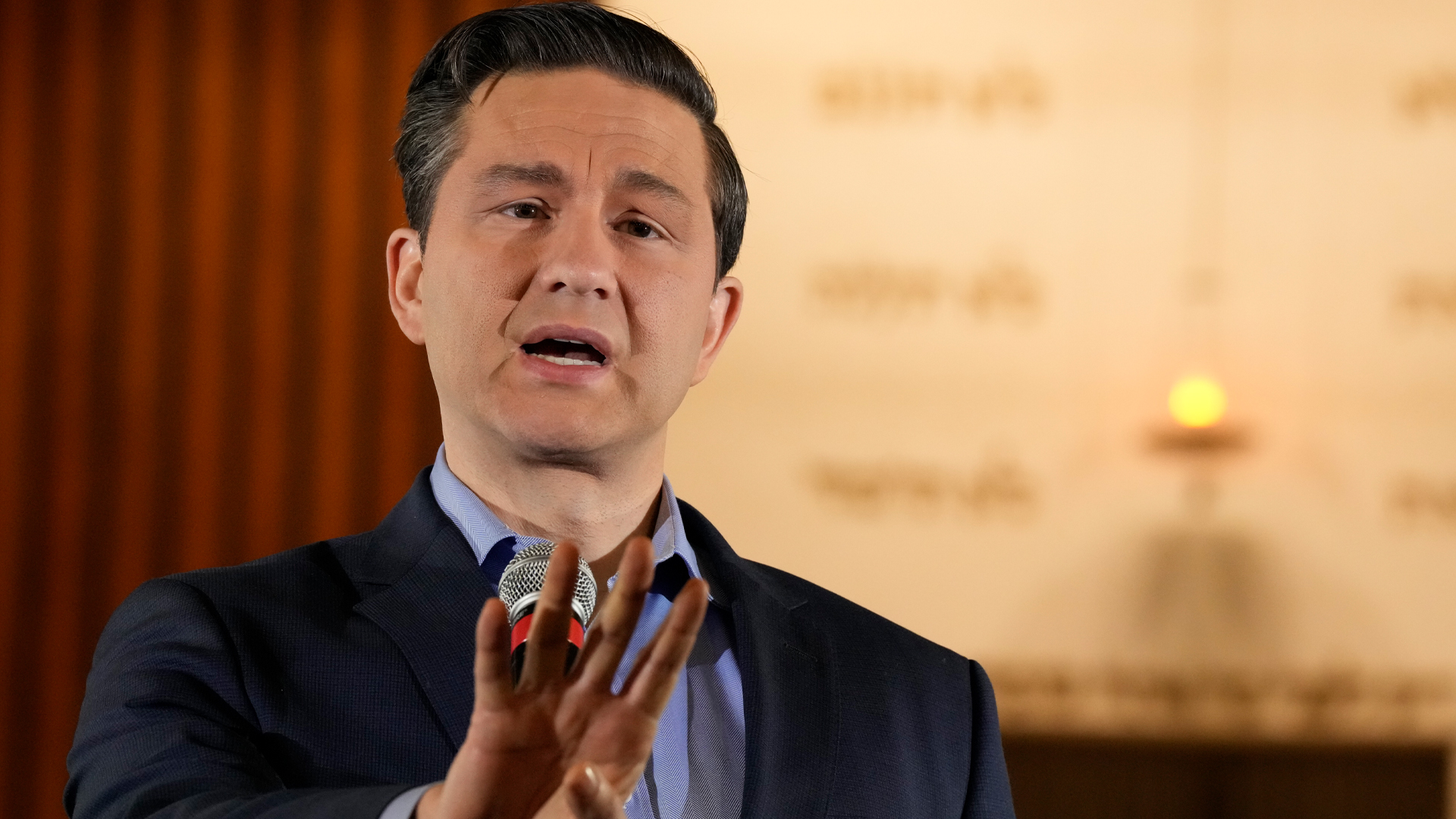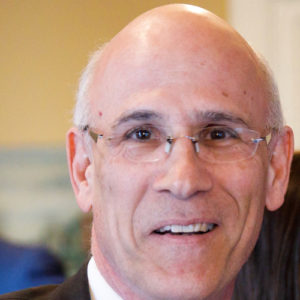
Many politicians, advocates and pundits would like to discourage growth in federal government spending. Spending restraint (slower growth) or outright austerity (cuts) are legitimate paths that political parties can propose to voters. Ultimately voters choose between parties with different views on the appropriate size and role of government in the economy and society.
What deserves more attention in the lead-up to the next Canadian election is the idea of legislating simple algorithms as a substitute for the exercise of accountable judgment by our elected leaders.
While these algorithms have some political and public appeal, especially to those on the right, it’s important to note the failure of similar policies in the U.S., as well as key problems that would have to be addressed in Canada that could defeat their purpose.
An American invention
American ideologues who invented these devices believe that, left to its own, the state will grow and that elected politicians will be unable or unwilling to restrain that growth.
They have come up with a toolkit of legislation they believe forces reluctant politicians to make choices and overcome reluctance to cut back the state. Some Canadians have been attracted by them.
- Debt ceilings are one approach that we see play out at regular intervals in Washington. In theory, hitting an arbitrary ceiling on borrowing forces legislators to confront choices about spending and taxing.
- Sunset clauses on spending appropriation bills theoretically force politicians to make a fresh decision to renew or terminate a spending authority when it expires.
- A one-for-one algorithm says a new regulation can be issued only if another is repealed.
Yet another of these American imports – “pay-as-you-go legislation” often shortened to “pay-go” – has entered the next Canadian federal election campaign via a promise from Pierre Poilievre when he was campaigning to become Conservative Party leader. This is a simple one-for-one algorithm – in theory, for every dollar of new spending, a dollar must be cut elsewhere.
Presto! The growth of government spending is capped. It is one of those sound bites that appeal to some and probably tests well in focus groups, but raises a host of issues in practice.
The real world of government spending
The first problem is that much federal government spending is deliberately intended to grow because it is supposed to keep up with the growth in population or policy-related demographics such as the number of seniors or children or Indigenous Peoples.
Wages and pensions generally track upward over time with inflation. That is why when we talk about spending, we often have to adjust to “real” dollars, convert to per-capita spending or look at spending relative to the size of the overall economy.
So, what should count as “new spending” in the algorithm of pay-go legislation?
Would it include the indexing to inflation and population growth that pushes up annual spending on old age pensions or veterans’ allowances? Would similar growth escalators in federal transfers to the provinces and territories for health care be “new” spending?
What about the allocations to health, education and child welfare services on First Nations territories as Indigenous populations grow? Pay for the military and the RCMP? Payments to farmers for crop failures? Payments under disaster relief programs?
You can see the problem. That is why politicians who craft pay-go legislation inevitably insert a range of exemptions into its algorithm to placate stakeholders and deny their opponents an obvious stick to use against them. “Don’t worry, the new law doesn’t affect you. We mean spending on someone else.”
For example, would the spending envelope for defence, security, intelligence and border security going be exempt or cut? What about spending on Indigenous services?
The more exemptions – either explicitly in the initial legislation or through political backtracking – the less meaningful the legislation becomes. It could also become more distortive the further one moves away from “a dollar is a dollar.”
That is because the next problem in pay-go is how to decide what the offsetting cut in other spending should be. It won’t be in the programs and transfers that were exempted. The pay-go algorithm has pre-imposed a judgment about what is the cuttable part of government spending. But it isn’t very helpful in deciding where else to cut.
These are the choices that bedevil finance ministers and spending reviews. How to allocate the cuts across programs and organizations? They strain cabinet solidarity and attract the attention of lobbyists, stakeholder groups and other levels of government.
The approaches in pay-go legislation are far too simplistic
One variation of pay-go is to say if Minister A wants to spend more, they have to find offsetting cuts in their portfolio. But that portfolio may genuinely need augmentation.
Another approach is to add another simple mechanistic sub-algorithm where everything on the cuttable side of the pay-go algorithm is frozen or cut by the same percentage. This is the sequestration you hear about in American news.
In the U.S., they go through a constant Groundhog Day rhetorical battle about social security and defence spending that is never resolved. It won’t be easier in Canada where 70 per cent of federal spending is transfers to individuals or other levels of government, all of whom would put up fierce resistance to proposed cuts.
A strain on cabinet solidarity
In Canada, there would be an inevitable drift of any pay-go algorithm toward cutting operating budgets and federal organizations.
Unless the government contemplated wage freezes, there would soon be a further crowding out within operating budgets that would steadily erode investments in training and technology and thin out internal controls and internal services. Over time, the chances that the right people would be allocated to the right priorities would go down and the delivery capacity of the state would erode.
The theory behind pay-go legislation is that it forces reluctant politicians to face uncomfortable choices. But in practice in Canada, who would get to make the decisions that the algorithm requires?
The Trudeau government needs to get straight with people about its budget
Major changes to spending patterns in Canada normally occur in the annual federal budget or in some version of a formal spending review such as the 1990s program review or the 2012 deficit reduction action plan. It seems most likely that pay-go would be another complication for the minister of finance in the weeks before a budget.
The political dynamics within any government are strained when it has to consider cuts. Would cabinet and caucus colleagues get to weigh in on decisions that affect them as a team? Who would make the call on what is “fair” or politically astute? Ministers and MPs are always hypersensitive to the geographic distribution of cuts, as they should be.
The strain on cabinet solidarity under pay-go could be immense. If the growth that drove the need to make cuts came from minister and Department A, how would the stakeholders of the minister and Department B react to being affected?
The biggest problem with algorithms is that they almost never work as intended. In American practice, bringing politicians to the brink of automatic debt default or triggering automatic cuts to programs (sequestering) does not work.
For 13 years in a row, Congress has never allowed the cuts mandated by 2010 pay-go legislation to come into effect, by always passing a waiver. All the legislation did was create artificial crises and political theatre, contribute to polarizing wedge politics instead of compromise, and drain energy away from debating serious reforms.
After more than a decade of pay-go, successive American congresses are no closer to taking on serious reform of federal spending.
Is it all just for show, or to create chaos?
There are two interpretations of what pay-go legislation could mean in Canada. One is that the proponents know it is just for show – a form of fiscal virtue signalling – and they have no intention of applying it with any rigour. The future would be full of exemptions, waivers and extensions. It makes the base happy and looks like decisiveness. But it isn’t serious.
The other possibility is that it is serious and would at regular intervals create a hot mess for future governments and for future fiscal choices. It isn’t going to deliver more effective government to let an algorithm stack the deck, distort the options, create unnecessary and artificial crises, and stealthily erode those parts of government that don’t have political and media champions.
So, which is it – empty virtue signalling or a hot mess of fiscal distortion? We can do better, either way.
Any political party that wants to take real action on restraining spending should do it in a serious way: Let Canadians know before the election what it considers cuttable and what it considers a priority. Once in office set up a deliberative process. The 1990s program review would be my starting point for designing the next one.
What is essential and what is discretionary in government spending is a political judgment informed by ideologies and values – a judgment that must be responsive over time to new facts and realities.
There are many better ways for democratically elected politicians to approach spending restraint and to achieve it. Pay-go legislation isn’t a good one and should be discarded before the platforms for the next election are written – after which it will be difficult to turn back.
Read more from the author:
If spending is out of control, why are services underfunded?
Stress testing Canadian governance
The never-ending question of contracting in the public service









